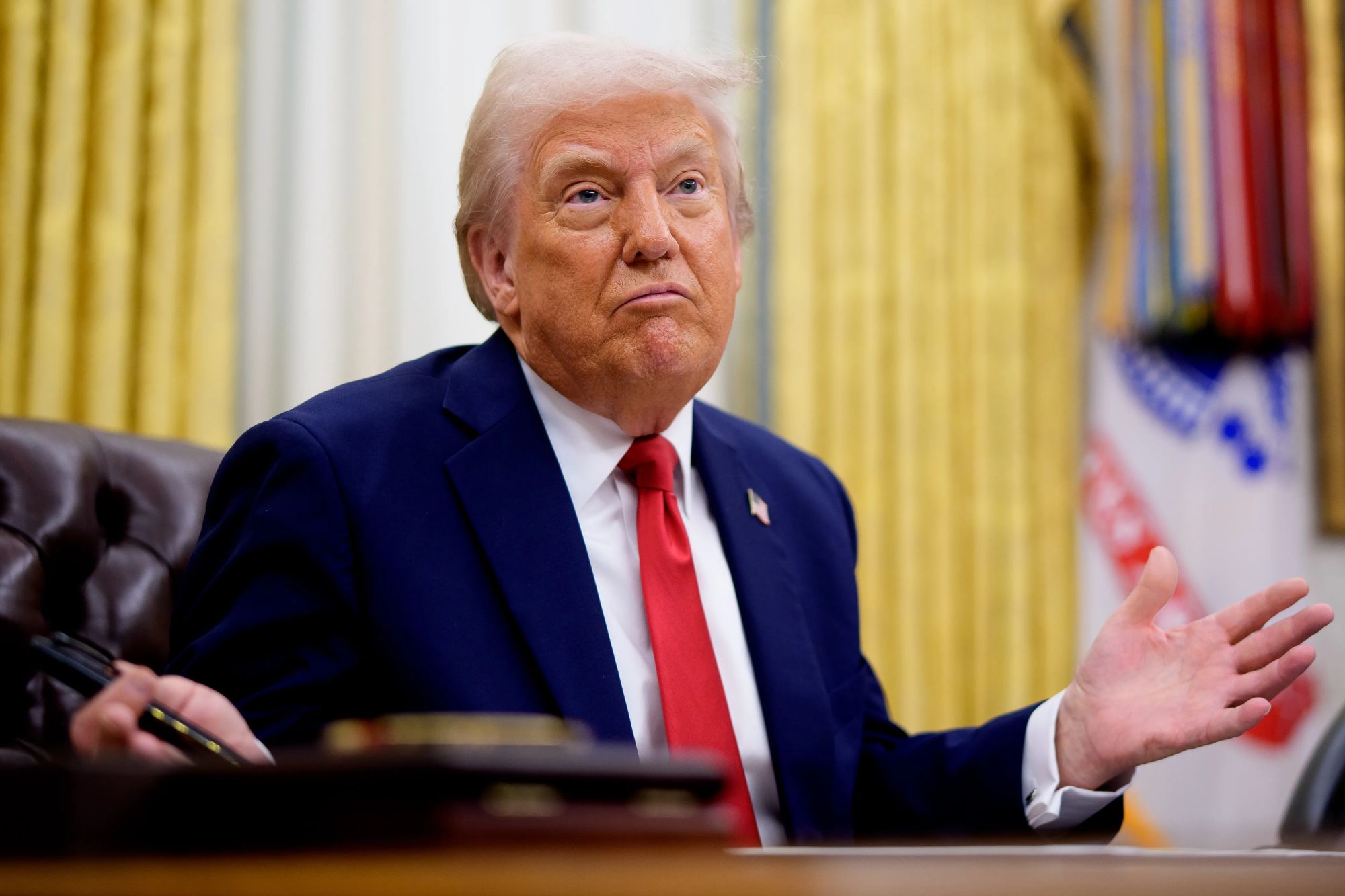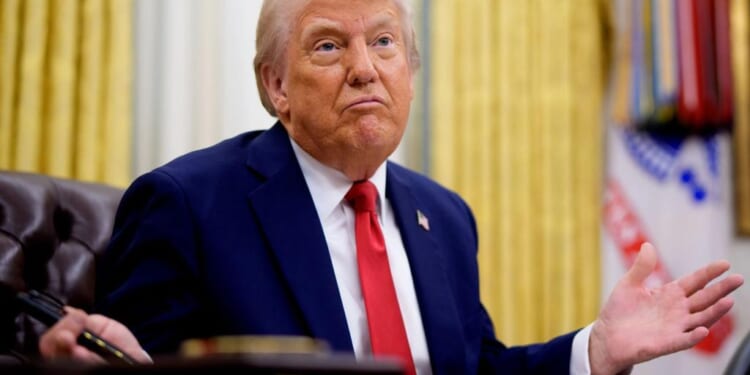
Will “Liberation Day” — Wednesday, when the Trump administration unrolls its new tariff policy — be remembered, like Dec. 7, 1941, as a “day of infamy”? Or will it, as President Trump and his supporters hope, mark the beginning of a new “Golden Age” for American manufacturing and our economy?
One thing is certain: The disastrous post-Cold War era, in which Washington negligently sacrificed American industry to appease communist China and other predatory trading partners, is at an end.
After the Berlin Wall fell in 1989 and the Soviet Union dissolved in 1991, the US could have shifted more of the burden of defense spending to allies like Japan and Germany, while revitalizing its manufacturing sector — the true base of military power in an industrialized world.
Instead, under Bill Clinton, George W. Bush and Barack Obama, the globalist establishment in Washington recklessly expanded America’s military commitments by waging wars with no exit strategies in Afghanistan, Iraq and elsewhere.
Trump is seeking a new path, requiring more defense spending by allies while seeking to rebuild some of the American manufacturing capability that Washington allowed to be offshored during the era of globalization.
In the last generation, Democrats and Republicans alike allowed Japan, Germany and other allies to run perpetual manufactured-goods trade deficits with the US, at the expense of American manufacturers.
American multinationals shut down factories here and shifted production to China, Mexico and other countries, to exploit cheaper labor and local government subsidies.
Worst of all, the bipartisan policy elite in Washington turned a blind eye to communist, state-capitalist China, as it unfairly subsidized its own manufacturing sector in order to wipe out manufacturing in the US and other countries.
The extent of America’s dependence on communist China for medical and manufactured goods came as a shock during the COVID-19 pandemic.
Tariffs — taxes on imports — are a means to the end of “reshoring” manufacturing in America. By making some imports more expensive, Trump hopes to expand the market for those products at home for American manufacturers.
Foreign companies can avoid the tariffs by opening plants in America and hiring American workers.
Can this tariff-based import substitution strategy work? Of course it can. Before World War II, the US used high tariffs to foster American industries and become the dominant manufacturing power in the world.
Japan, South Korea, Taiwan, Germany and China have all used tariffs or measures like subsidies or regulations to build up their own manufacturers and expand their shares of the global market.
Tariffs can and often do work to replace foreign with domestic production.
The only question is whether the costs of Trump’s strategy of tariff-based reindustrialization outweigh the benefits.
Critics focus on the short-term costs of possible higher prices to American consumers, and to American businesses dependent on imports from China and other foreign countries. They argue that tariffs could ignite higher inflation.
But the focus on these short-term costs of adjustment ignores the long-term cost of allowing authoritarian, statist China to monopolize entire industries — like electronics, civilian drones and electric cars — and to dominate the world economy.
Slightly higher consumer prices are worth paying today to ensure that America’s health-care system is not dependent on China in a future pandemic, and that the US military does not depend on Chinese supply chains.
Trump’s ultimate goal is to align American trade policy with American military policy, which were separated following the Cold War.
Globalists proposed that the United States, as the “sole remaining superpower,” would volunteer to provide security for a peaceful world united by a free global market.
But the return of great-power rivalries, with China’s military build-up and Russia’s invasion of Ukraine, has made the separation of trade and defense obsolete.
In a post-globalist world of rival military-economic blocs, countries that seek American military protection should not be allowed to trade with America’s enemies — or to undermine America’s industrial base with unfair trade practices.
It’s fair to criticize the chaotic way in which the Trump administration has rolled out its trade strategy. And using tariffs for short-term political goals, like punishing Mexico and Canada for not cutting off fentanyl smuggling and illegal immigration, antagonizes our neighbors and creates uncertainty for business and investors.
But as costly and flawed as it may be in the short run, Trump’s Liberation Day strategy promises to liberate America from three decades of failed globalist policy in trade and national security alike.
Michael Lind is economics editor of Commonplace and a fellow at New America.











